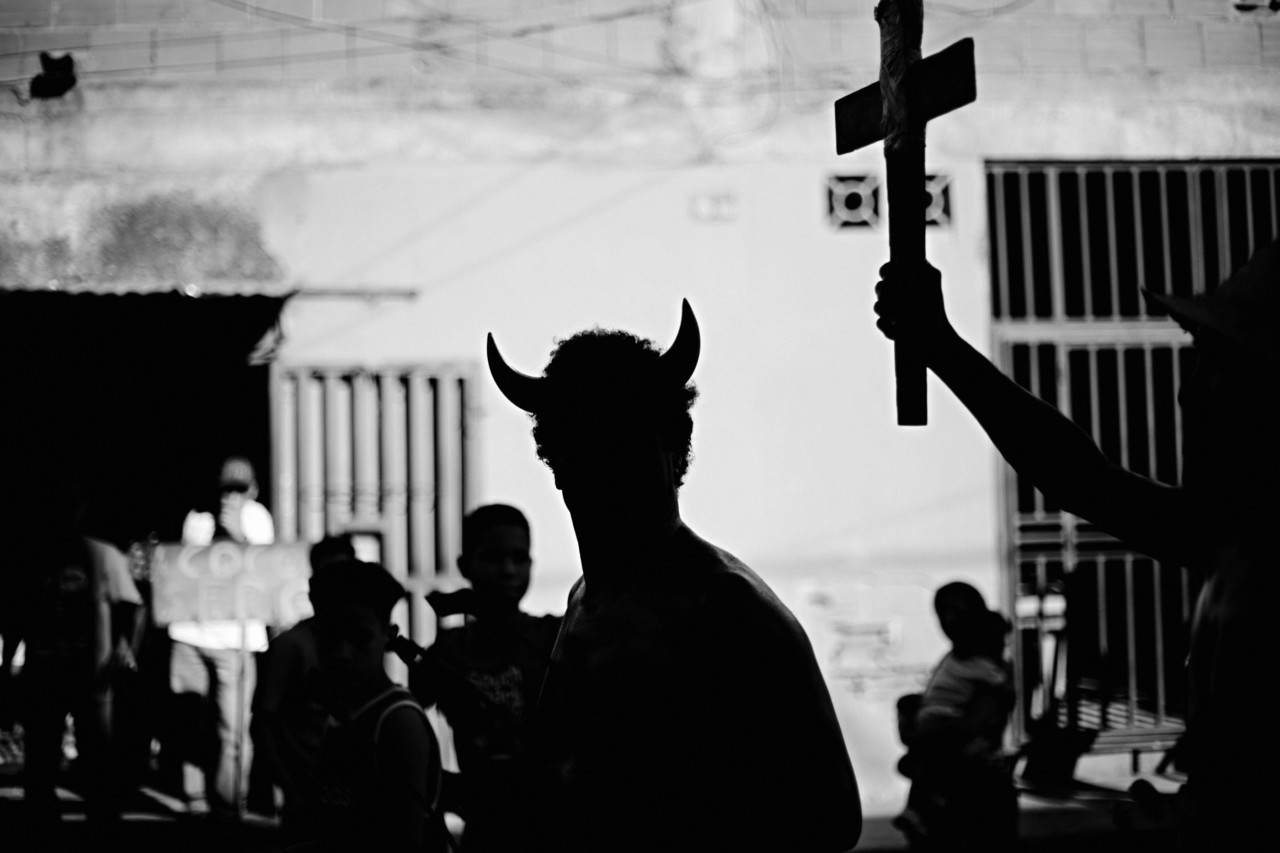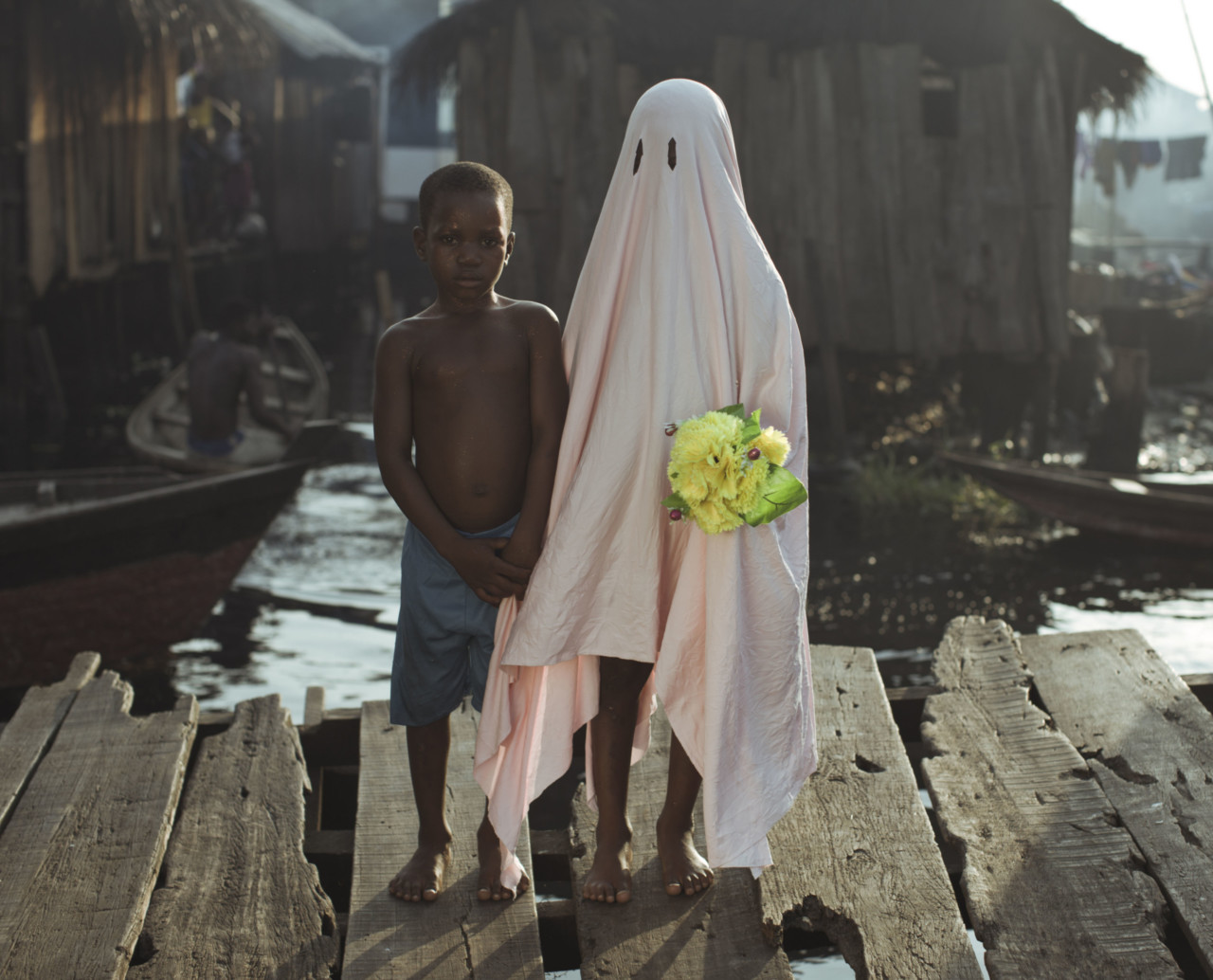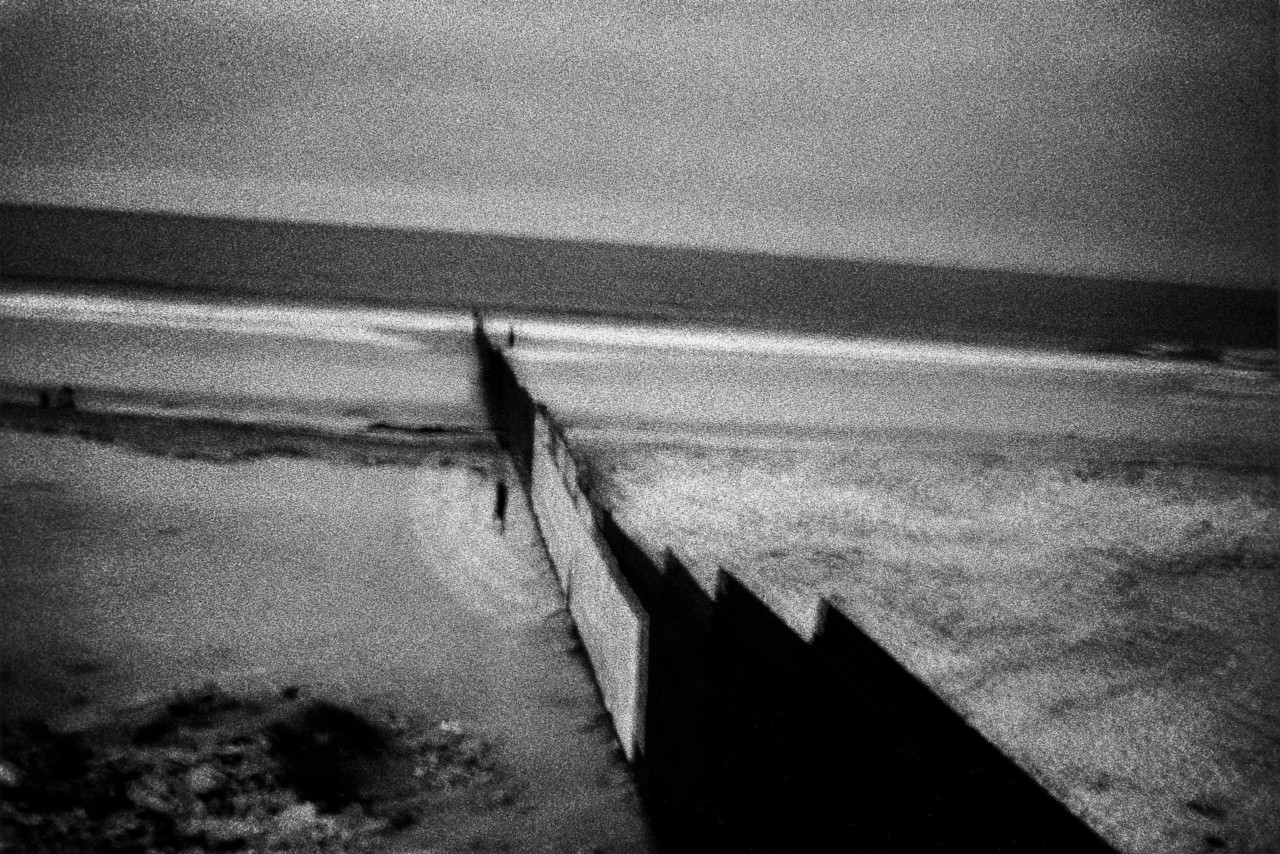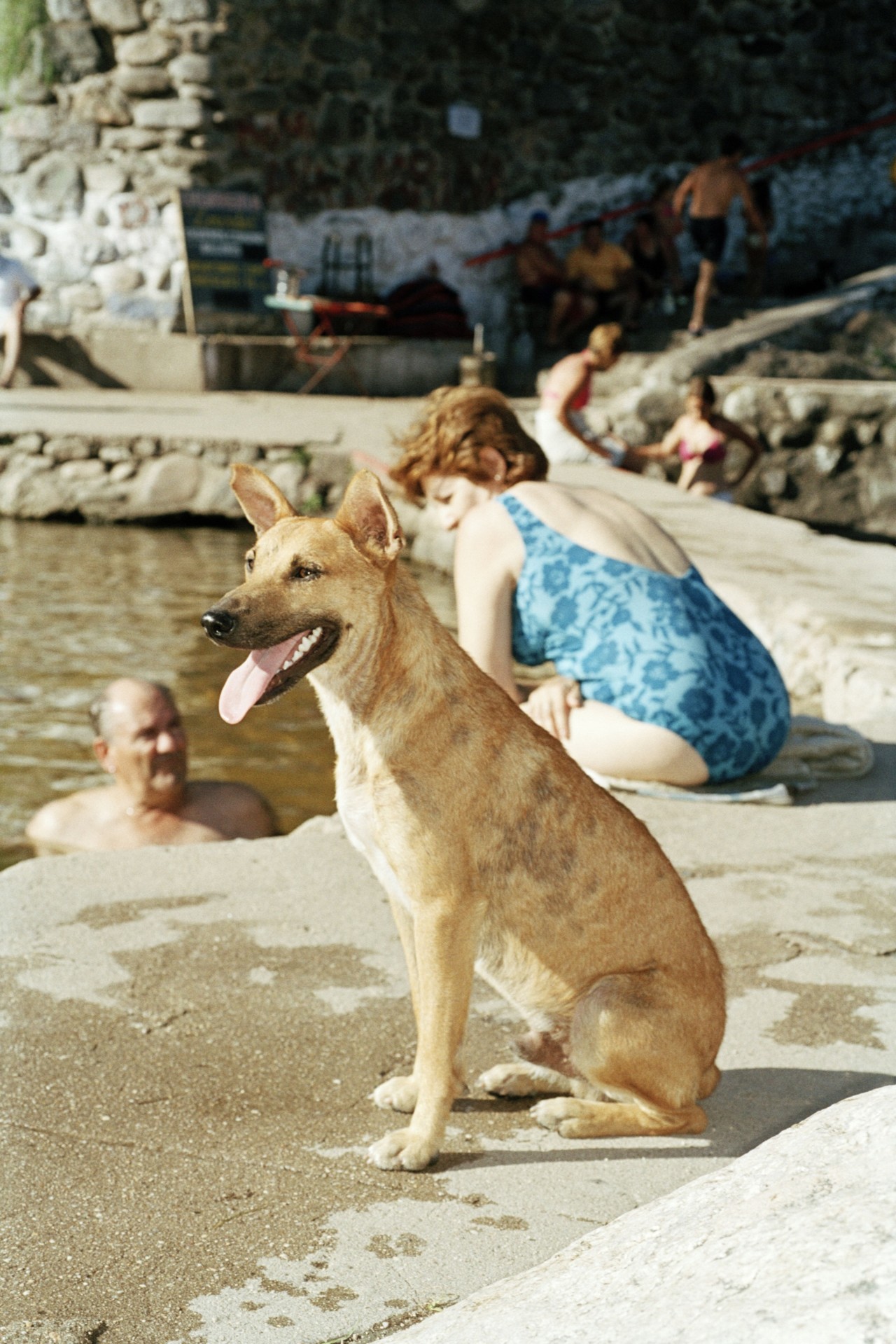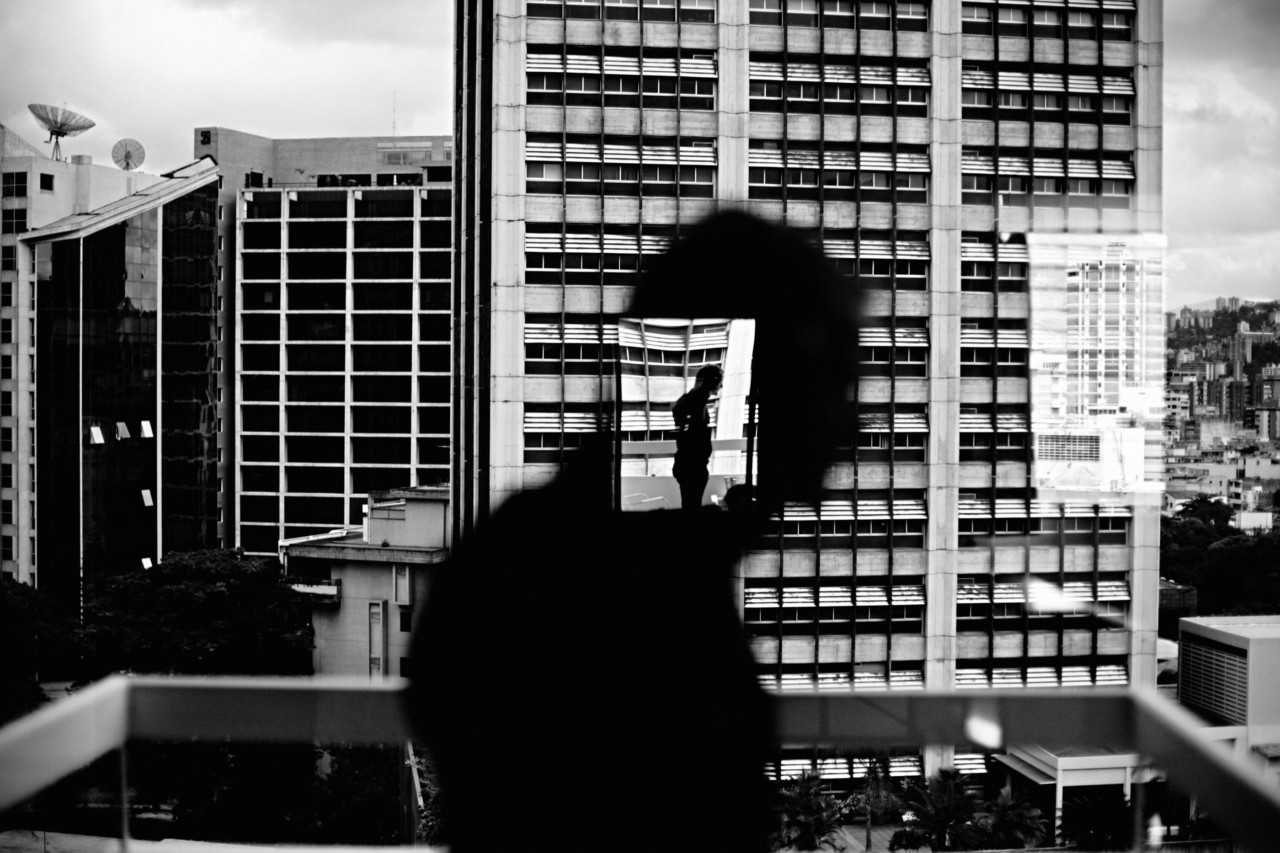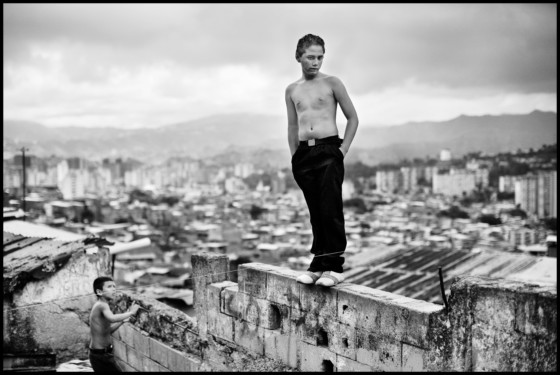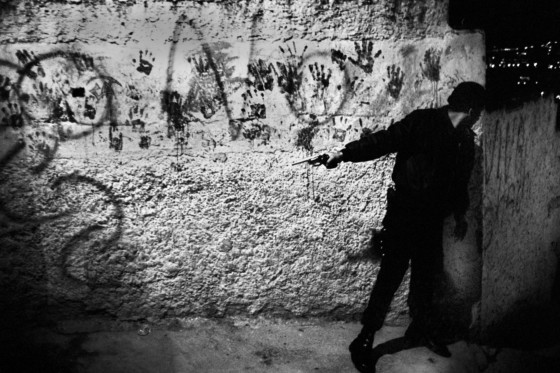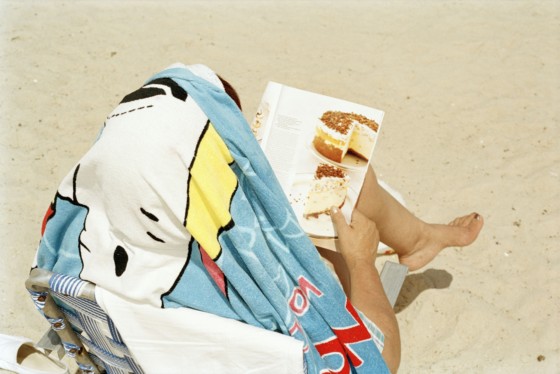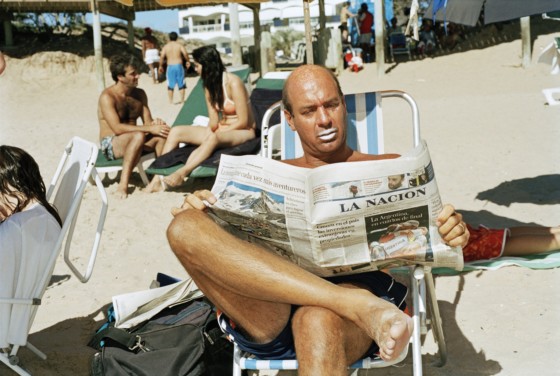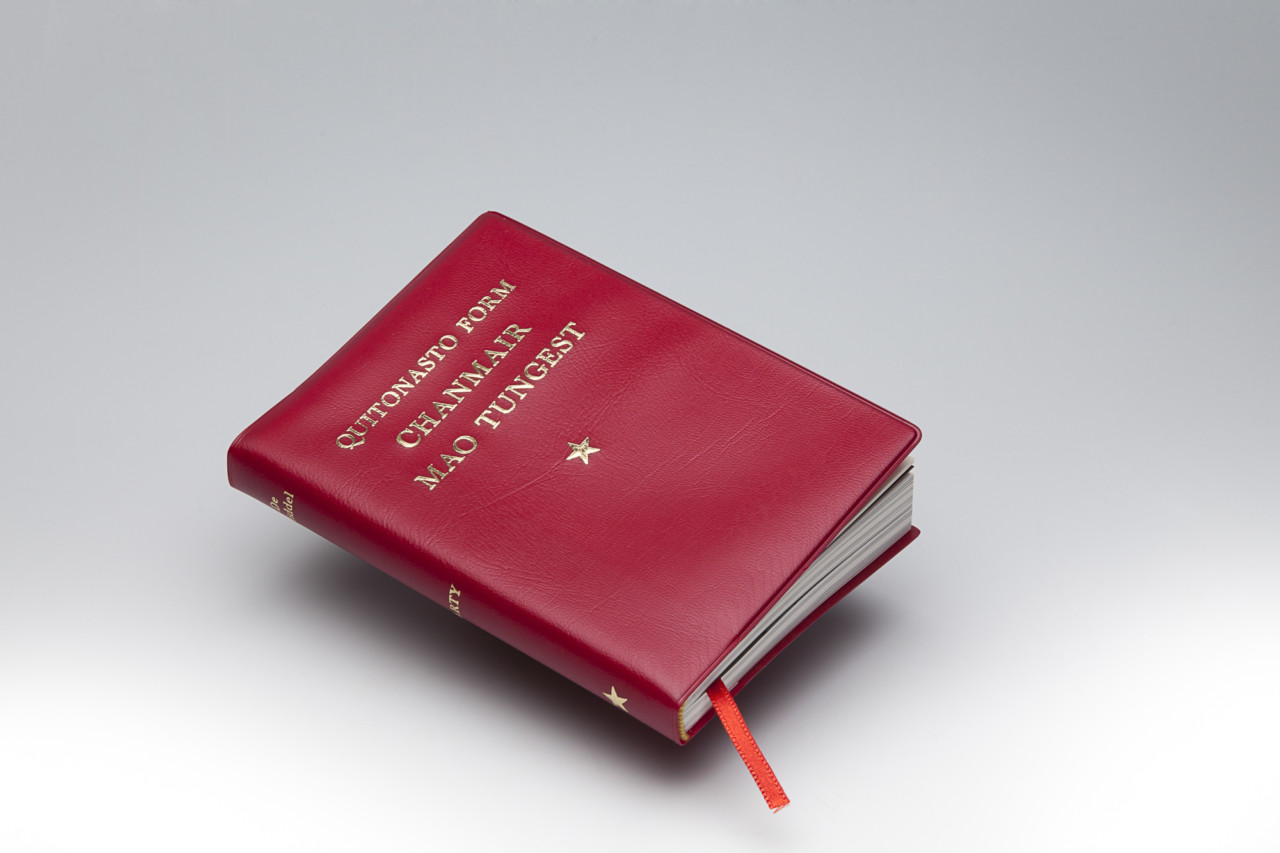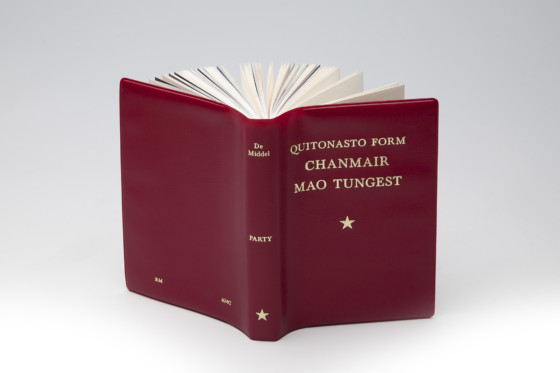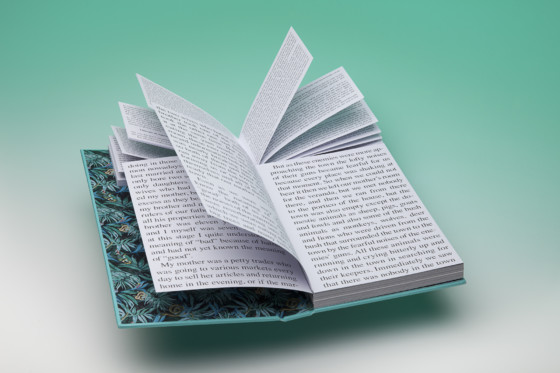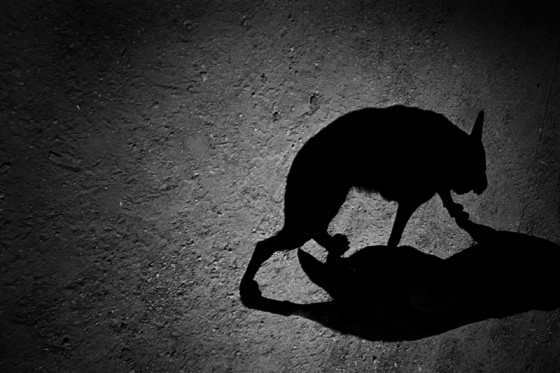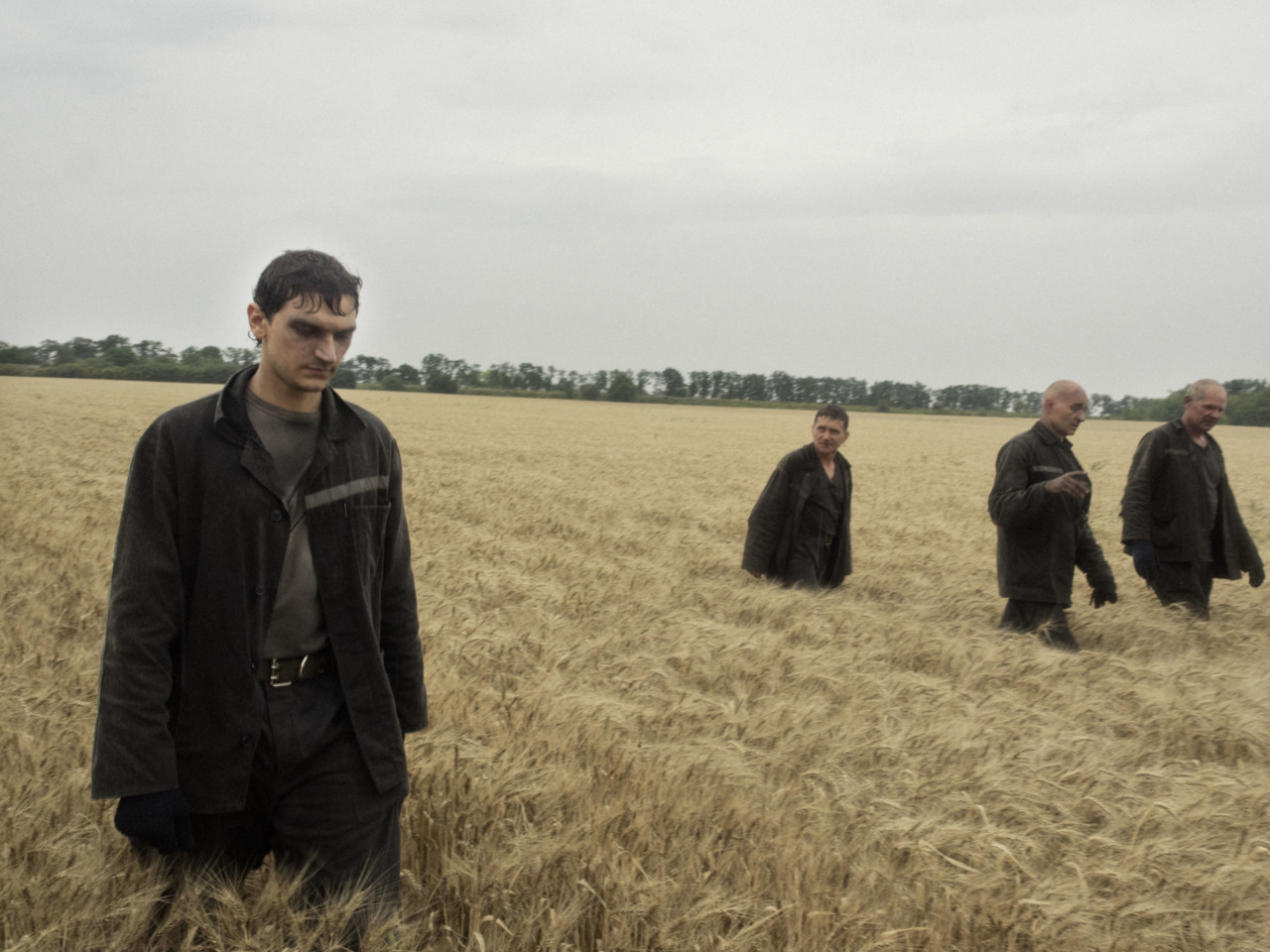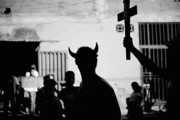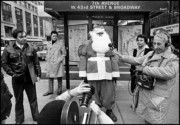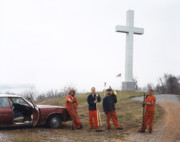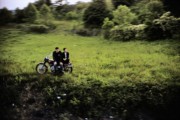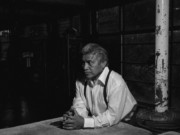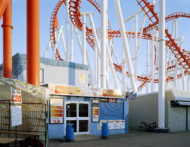Inside the World of a Photobook Publisher
Editorial RM discuss what drives them to make books, and what they look for in photographic projects
Ramón Reverté founded the publishing company Editorial RM, with bases in Spain and Mexico, in 1999. Beginning his career working for his family’s publishing business, predominantly producing scientific and technical books, Reverté was always interested in publications about art and —in particular— photography. After their business produced two photography-led books about the Mexican architect Luis Barragan, Reverté was inspired to make books of his own, following in the footsteps of his father and grandfather. Editorial RM have to date published around 400 titles, including a number of monographs by Magnum photographers: Christopher Anderson‘s Capitolio, Cristina de Middel‘s This is What Hatred Did and Party: Quotations from Chairman Mao, Martin Parr‘s Playas, and Antoine d’Agata‘s Codex: Mexico1986 -2016. In early 2021 they will publish Jerome Sessini‘s forthcoming photobook on the war in Ukraine.
Editorial RM lead sessions as part of Magnum’s Professional Practice workshops next month focusing on photobook publishing and design, which features a programme of talks and activities with Magnum’s Rafal Milach and other photobook publishers. You can find information and apply to take part here.
Ahead of the workshops, Ramón Reverté and Lea Tyrallová of Editorial RM spoke to Magnum about the books they have made, their processes of collaborating with a wide network of photographers, designers, and distributors, their focus on Latin America and Spain, and how they make decisions on which projects will make a good publication.
You’ve published over 400 titles, many of which are photobooks. From your experience, how do you know when a photo series is worthy of becoming a book?
Reverté: Basically, it’s instinct. I used to make most of the decisions, but since Lea [Tyrallová] – who knows a lot about photography – has joined the company, we have both been responsible. When it comes to email proposals, we have to decide if the book will be worth publishing in terms of both the quality of the work and whether there is a market for it. A lot of the books we publish, like those that recently won The Photobook of the Year Prize at the Paris Photo–Aperture Foundation PhotoBook Awards (Woman Go No’Gree and Jardín de mi Padre), came to us as proposals – we weren’t aware of them beforehand. If we are the ones to propose a book, it will be work that we know will have mass-market appeal and we can print thousands of copies of, because with fewer copies, it’s very difficult to break even.
Tyrallová: Since I joined Editorial RM five years ago, the selection process for projects we want to publish has changed. Ramon still makes a lot of the decisions,, as he has a great instinct for books that are going to work, but often the decision-making process is also extended to the team, which is really nice. Sometimes we make mistakes, but we learn.
Reverté: There are three main people working here – myself, Lea, and Mara, who is the editorial director. The three of us understand the market, which is important because sometimes we see work that we like, but it won’t sell. Or it’s really nice, but it’s something that has been published before, and there’s nothing new about it.
At the moment, the photobook market seems overcrowded, so people are buying fewer books. This is what we hear from our distributors in the US, Europe and Asia. So we have to be really focused and understand the strengths of the books that we publish. We have to be able to defend the book. It’s really tough right now unless you have a big name. For instance, we recently published a book with Lee Friedlander and we know there’s a market for it, so that’s not a problem. But when you publish a new photographer, you have to be sure. It’s not easy.
How involved are you with the design process of the books that you publish?
Reverté: Once we decide we are going to publish a book, then we are very involved. Sometimes a proposal arrives fully formed and well-designed, and there’s not much for us to do. However, the one thing that makes us different from other publishers, like MACK and GOST, is that we do not [primarily work with] a single designer or single design team; instead, when we start work on a book, we have a global network of designers that we work with, and we will choose the right one for the project and outsource it to them. This means that all the books we put out are very different.
Making a photobook is a collaborative endeavour between designer, photographer and publisher. During this process of collaboration, what is most important to you?
Reverté: The most important thing is that we all get along, that we all respect each other. Although we work with many different designers, there are five or six main ones. So, as the creative director, I will tell them what I have in mind for the design, then they will develop that idea, and then Lea will follow up on everything. When there is a lot of respect during this process and when we can share our opinions freely, we work really well. Of course, there is a hierarchy of sorts, with the photographer at the top, but it’s important that they are open and willing to listen. After so many years, we know exactly which designers, printers, binders, distributors etc. we work well with.
Tyrallová: I’m in charge of production in Spain, where we publish between 12 and15 books a year, with about eight books in various stages of being produced at the same time. The production processes of these books and the people involved can be quite varied. Sometimes we have a book where the creative team is just the photographer, the designer, and Ramon, and that’s it. But other times, we have a book which is going to be distributed in four countries and the creative team is made up of eight people working in three different time-zones. We all have to get along and be able to make tough decisions about the cover design, the size of the book, the paper being used, and the print run. Occasionally, many of the decisions will be made by only a few people, but it depends on the level of experience of each person involved.
Sometimes, when you are working with an author who hasn’t published a photobook before, it is much more complicated, because of the lack of experience. They are willing to fight for a cover design that we know won’t work and we have to invest a lot of time and energy into convincing them otherwise. So, the size of the team doesn’t always dictate how difficult the process will be. A smaller team doesn’t necessarily mean it will be easier, just as a bigger team doesn’t necessarily mean it will be harder.
What are the key things you’ve learned about photobook publishing over the years?
Tyrallová: The main thing is knowledge. You have to be up to date on what is currently being published and what has been published in the past. This doesn’t just pertain to big titles either. Everyone knows who Diane Arbus is, but you need to be aware of smaller names and smaller titles. You should even be aware of things like fanzines, because self-publishers are so creative and very brave and publish things we never would. We can learn from them.
What Ramon has taught me is that you need to use examples to convince your collaborators. It’s no good saying over and over that you think a cover design will work better just based on your opinion – you have to be able to show examples. Ramon is very good at this because he’s an avid collector of books. He has thousands and thousands of them.
Reverté: Yes, I have about 13,000. I have been collecting them since I was very young. Adding to what Lea said, I think there are three key things about photobook publishing.
The first is quality: We take great care to print books using really nice paper stock and binding, and we work with amazing printers all around the world, in places like Italy, Spain, Turkey and China.
The second is distribution: We distribute our books globally and we try to use the best distributors, such as D.A.P in the US.
The final key aspect is design: Even though it’s great economically speaking, we don’t like working with a single designer. We prefer to have a broader approach and we believe that each book requires a different “cook”. In fact, we apply this method to all stages of the process – we try to find the best person for each job, from design to prepress to distribution.
Publishing is a small world so it’s also important to talk to lots of people. We used to speak a lot with Xavier Barral, who unfortunately passed away, but we still have a really good relationship with the team at Éditions Xavier Barral. We also speak a lot with Lesley Martin at Aperture and with Michael Mack at MACK. Everyone in this field is very generous and open and you can learn a lot from them, and vice versa.
Specifically for us – it is important that we don’t forget our Latin American and Spanish roots. Though we have published the work of Daido Moriyama, Masao Yamamoto, Christopher Anderson, Antoine d’Agata, and many others from all over the world, we also try to publish photographers like Cristina de Middel, Graciela Iturbide and Miguel Rio Branco, because they make work about Latin America, which is the origin of the company – Editorial RM was created in Mexico while I was living there. We feel strongly about supporting [Latin American photographers], because they have a lot of talent, but not as many opportunities.
You first published a book with a Magnum photographer in 2009. In fact, you published the work of two Magnum photographers that year – Martin Parr and Christopher Anderson. How did those projects come about?
Reverté: Christopher’s book Capitolio was first. It’s funny that you should mention these two, because both of them have a connection to the publisher Chris Boot [of Aperture]. He was supposed to publish Capitolio, but for whatever reason didn’t, so Christopher came to me. He showed me the proposal for the book, and I was more than happy to do it.
Then, because of this, I got to know Chris Boot, so when he made Martin’s book Luxury, we ended up being the Spanish publisher for it. However, before this, we had actually worked on another book with Martin called Playas, which was also released in 2009. This came about through my first encounter with Martin in Mexico City where we were discussing Horacio Fernández’s The Latin American Photobook, which we were both involved with. He pitched the idea for Playas to me then, and we made it happen. It’s a really badly designed and badly printed book, but Martin wanted it that way. He imagined it as a very low-profile book made in Cuba, which sounds easy to do, but it wasn’t. We spent a lot of time looking for the right printer, because many printers are reluctant to do a bad job, for obvious reasons. But that’s how Martin likes it.
"We were lucky to be able to collaborate with the Archive of Modern Conflict on [the book Party: Quotations from Chairman Mao] who helped us financially. It is the sort of book you can only do once in a lifetime, because you really need external support to make it happen."
- Ramón Reverté
You’ve also worked a lot with Cristina de Middel. Of the four books you have published with her, which one stands out the most?
Reverté: The one that stands out the most is Party: Quotations from Chairman Mao. It was fantastic, but quite a difficult concept to work with. We also had to reprint the book twice and we had to change the plan for the cover three times because we couldn’t find the right materials. So it was tough, but we love it. It’s very eye catching and it sells very well. People always ask us to reprint it and sell it a lower price, but it’s impossible – it’s quite an expensive book to make. We were lucky to be able to collaborate with the Archive of Modern Conflict on it, who helped us financially. It is the sort of book you can only do once in a lifetime, because you really need external support to make it happen.
Tyrallová: One of the first books I worked on after I joined Editorial RM was Cristina’s second book with us, called This is What Hatred Did. I didn’t have much technical expertise at that point so everything was new to me and the production of it was quite a challenge. We struggled to find printers who were using UV inks, so we had to print it in Turkey and it was hard for me to coordinate the production from that far away. It’s quite an unusual book in terms of the format and binding, so I really relied on Ramon for that. But it’s a beautiful book and it sold out really quickly. Cristina is also one of the nicest authors I have met over the years and she’s very creative and decisive. I remember that she and Ramon were struggling to agree on some of the images, but because they are good friends, they were able to be direct with each other and reach a compromise quickly. It was good for me to witness that kind of negotiation.
"Antoine [d'Agata] has strong opinions, so you have to fight if you want to change something. But that’s fantastic because you’re talking to someone who knows a lot about photography. So it was tough in a good sense"
- Ramón Reverté
You published Antoine d’Agata’s book Codex: Mexico 1986 -2016. Can you talk about the making of it and the selection process for the images?
Tyrallová: The photos were taken from his six visits to Mexico. During each visit, he worked on a different topic. A lot of the photos could be seen as taboo and we weren’t sure how the public would react. But we believed in Antoine’s work and we wanted to publish it. He was very active during the creative process and he knew what he wanted. There weren’t too many negotiations to be had for the image selection or sequencing, apart from at the back of the book where there are foldouts [including images of] dead bodies. Ramon and Antoine had to discuss how to present such graphic content, and ended up choosing this method – not to hide it necessarily, but to avoid showing it directly, because it’s tough to look at. But it was a good experience.
Reverté: Antoine has many books, but I think this is one of the fundamental ones. First of all because it is very different to his others, but secondly, because the sequencing is quite unique: it revolved around six separately-themed trips to Mexico. Many of the photographs are not related to each other. Considering the project overall, including designing the fold-outs, it wasn’t the easiest book to make. Antoine has strong opinions, so you have to fight if you want to change something. But that’s fantastic because you’re talking to someone who knows a lot about photography. So it was tough in a good sense.
Finally, can you tell us a little bit about your upcoming book with Jérôme Sessini?
Reverté: It’s a book on Jérôme’s photos of the war in Ukraine. We have been working on it with a design studio in The Netherlands called Kummer & Herrman, who have done a great job. It’s a really graphic book and you feel like you’re actually in the war. There are these brief moments in time that Jérôme has captured with 10-12 photographs, so it feels very cinematic. It’s also great because it’s going back to Magnum’s roots in war photography.


